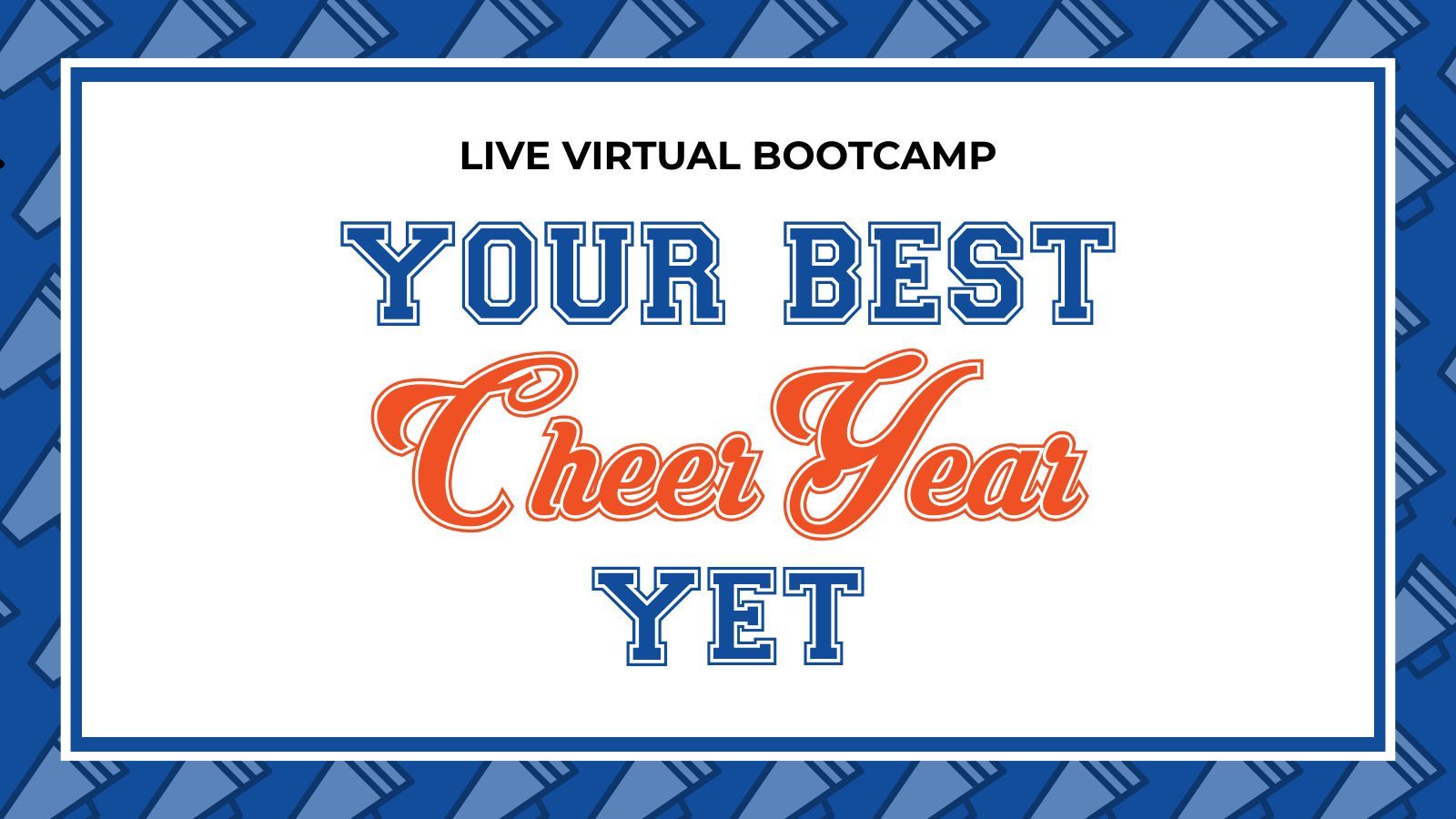Build Flexible Stunting Positions

I have two important tips when coaching stunts and this is something that all teams at all levels can implement. Now, more than ever as you don’t know if your entire team will end up on the mat at competition due to potential quarantines or other restrictions, it is the time to give these a try.
- Everyone on your team should know at least two stunting positions.
- Mix up your stunt groups so they are not only used to one stunt group.
Know Two Stunting Positions
I have a considerable amount of coaching experience with teams of 12 or fewer. I have learned over the years that it is critical the athletes on the team need to know how to do more than one stunting position. No matter how small or large your team is, you never know when you will have to put a cheerleader in a new stunting position for a routine. It is always best to make sure your team is comfortable with at least two stunting roles.
I don’t think I have ever coached a season where I did not have to put an athlete in a new stunting position within a short time frame of a performance. Now, the risks are even greater for the possibility of needing to move athletes into a different stunting role. Because I had each team I coached practice other stunting roles throughout the season, it wasn’t as difficult to make necessary last minute changes.
On the other hand, I have been a guest coach at numerous schools and have been at these practices when the coach has needed to switch stunting positions and let me tell you…..what I have witnessed from time-to-time has not been pretty. Girls crying...yelling...talking back. If your team is regularly practicing other stunting roles and accept that they are not guaranteed to be permanently in a certain stunting role, then it is not a shocker if they do need to switch.
Not only is learning two stunting roles going to benefit your team if you have to make a change in the routine, your stunting will get better.
If your flyers have tried to base, they will better understand what the bases are going through in their position. It will also make them want to be tighter and fly lighter. Try having a backspot try to base. When she does, have her feel what it is like when a backspot is not pulling up….ouch on the wrists of the bases! When a base feels what it is like to fly, she is going to be more understanding of how brave flyers have to be and your base will probably start catching better!
Mix up the Stunt Groups
Do not get used to your stunt group.
I repeat.
Do not get used to your stunt group.
As a coach, it may be tempting to have regular stunt groups. That is important for a competition routine as the team will be practicing that one routine over and over.
However, do not just stick with those groups for every game and every performance. It can be devastating to an entire stunt group if one athlete in their group is quarantined or injured and cannot perform. Again, I will note the meltdowns I have witnessed if a cheerleader has to change their stunting position, but just as much if their stunt group changes.
Don’t let them get too used to each other!
The best teams are the ones where each cheerleader can fill at least two stunting roles and can stunt with any group. Now, more than ever, as you prepare to compete or perform, you will be grateful that you have implemented this.
If you haven't checked out Stunt School, check it out now!








